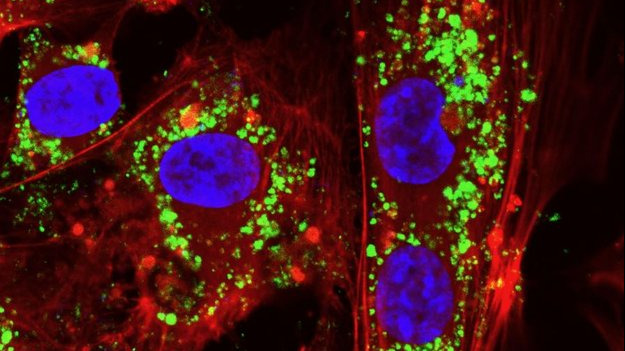Elucidating modes of interaction of redox-active nanomaterials with biological systems exposed to microgravity (InterGravity)
Research domain: LifeTech - Subtopic: Bio-MaterialsPermanence in microgravity conditions is well known to have detrimental effects on biological systems and living organisms, limiting in particular human space operations and exploration both over short and long term periods, as it promotes/ accelerates some degenerative processes associated to aging and often to pathology onset on Earth. Over the latest decades, nanomaterials have increasingly been proposed for many different biomedical applications on Earth, ranging from diagnosis to therapeutics, with different degree of success depending on many variables including material chemistry, administration routes, modes of interaction at tissue/cell level and clearance. Very few studies have lately started to being documented as far as nanomaterial application to cellular models in microgravity conditions, where exposure to both gravitational unloading and to cosmic radiation can occur. These studies successfully demonstrate that nanomaterials can indeed tune cellular activities in microgravity by promoting certain cell phenotypes, but still they miss at elucidating the mechanisms through which these innovative materials impact on biological systems, and their long-term outcomes. Investigating these mechanisms is therefore imperative for a deep understanding of cellular behavior in hostile environments, and for the elaboration of highly targeted, safe and effective protocols of nanomaterial administration for health preservation and for therapeutic purposes both on Earth and in space, with particular attention to antioxidant nanomaterials.
Project funding: European Space Agency (ESA)

Photo: MIcrograpfh showing a few muscle cells cultured in simulated microgravity and treated with nanoceria. Cell nuclei are stained in blue (Hoechst), while actin filaments are marked in red (phalloidin). Internalized nanoparticles are presented in green.
